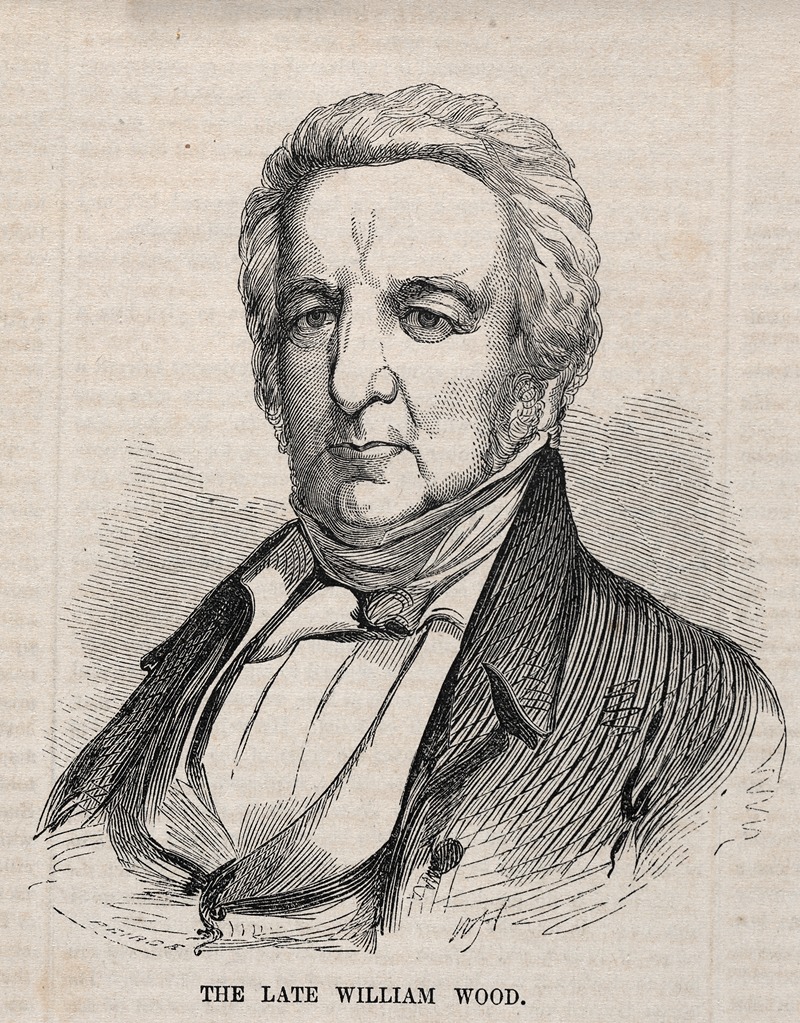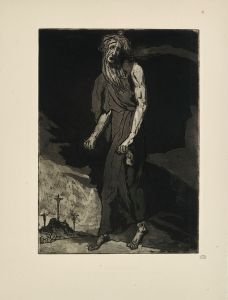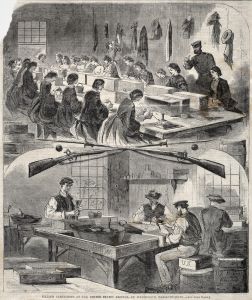
The Late William Wood
A hand-painted replica of Winslow Homer’s masterpiece The Late William Wood, meticulously crafted by professional artists to capture the true essence of the original. Each piece is created with museum-quality canvas and rare mineral pigments, carefully painted by experienced artists with delicate brushstrokes and rich, layered colors to perfectly recreate the texture of the original artwork. Unlike machine-printed reproductions, this hand-painted version brings the painting to life, infused with the artist’s emotions and skill in every stroke. Whether for personal collection or home decoration, it instantly elevates the artistic atmosphere of any space.
"The Late William Wood" is a painting created by the American artist Winslow Homer in 1877. Homer, known for his realistic depictions of American life and landscapes, was one of the most prominent painters of the 19th century. This particular work is an oil painting on canvas and is part of the collection of the Smithsonian American Art Museum in Washington, D.C.
The painting portrays a somber and reflective scene, featuring a group of men gathered around a coffin in a rural setting. The composition captures the solemnity of a funeral, with the figures dressed in dark clothing and standing in a wooded area. The title, "The Late William Wood," suggests that the painting is a tribute to an individual named William Wood, though specific details about the identity of this person remain unclear.
Homer's use of light and shadow in the painting emphasizes the emotional gravity of the moment. The muted color palette and the naturalistic rendering of the figures and surroundings contribute to the overall sense of quiet dignity. The work reflects Homer's interest in themes of mortality and the human connection to nature, which were recurring motifs in his art.
This painting was created during a period when Homer was transitioning from his earlier career as an illustrator to becoming a full-time painter. By the late 1870s, he had begun to focus more on rural and everyday scenes, often depicting the lives of ordinary people in America. "The Late William Wood" is an example of this shift in subject matter and showcases Homer's ability to convey deep emotional resonance through his art.
The painting is considered significant for its historical and artistic value, as it provides insight into 19th-century American culture and the ways in which art was used to explore universal themes such as loss and remembrance. Today, it remains an important part of Winslow Homer's body of work and is appreciated for its technical skill and emotional depth.


















